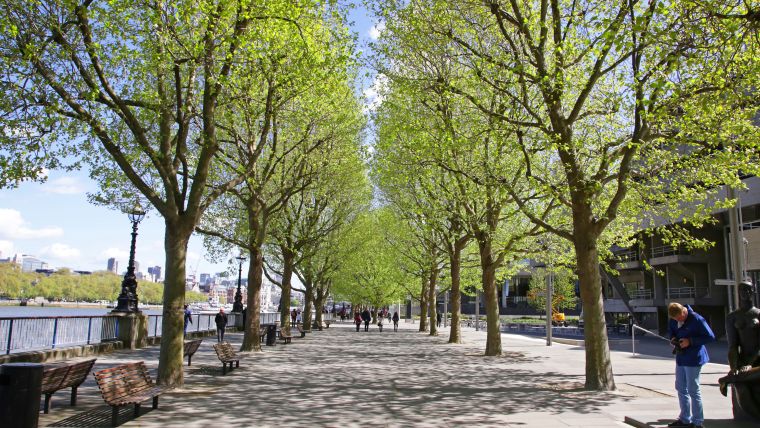Bluesky Updates British National Tree Map of 280 Million Trees
Aerial mapping company Bluesky is completing an extensive update of the National Tree Map which identifies the location, height and canopy cover of more than 280 million trees in Great Britain. The update, which covers more than 40,000 square kilometres – an area equivalent to twice the size of Wales – includes large amounts of East Anglia, the South West, Midlands and North East of England. The methodology and workflow for the creation of Bluesky’s National Tree Map has also been improved with advanced new algorithms, increasing the automation of much of the process as well as improving the detail and accuracy.
The National Tree Map is already supporting a wide range of organisations with a diverse set of applications, ranging from insurance risk assessment to picking up fallen leaves before they block drains, commented Rachel Tidmarsh, managing director of Bluesky. They have also taken the opportunity to revisit their original production algorithms and integrate new data for the enhanced identification of trees.
Reduced human interaction
The 40,000 square kilometres of newly updated National Tree Map data represents more than a quarter of the original dataset, and includes a central point location as well as accurate height attributes and area calculations for around 75 million trees. By improving the algorithms used to create the National Tree Map, Bluesky has been able to reduce the human interaction required to create and validate the data, and has further improved tree detection by incorporating special Colour Infrared (CIR) data, known as the Normalised Difference Vegetation Index (NDVI), into the production process.
Treescapes
Bluesky National Tree Map data has already proved crucial to a number of real world applications and research projects; helping the London Borough of Bromley prioritise its autumn street cleansing programme, supporting Walsall Council’s ambition to turn its part of ‘the Black Country green’ and assisting the Woodland Trust to undertake assessments of the scale of current tree cover and develop resilient treescapes.
Experts at the Met Office and University of Exeter Medical School also partnered with Bluesky to develop the most detailed, species specific maps of allergenic pollen ever produced to assess the links between pollen exposure and allergic diseases such as asthma. Scientists at Cranfield University are using to the National Tree Map data to analyse how the proximity of trees can impact on the sewer infrastructure, and a project at the University of Leicester is researching the role of trees on pollution dispersion.

Value staying current with geomatics?
Stay on the map with our expertly curated newsletters.
We provide educational insights, industry updates, and inspiring stories to help you learn, grow, and reach your full potential in your field. Don't miss out - subscribe today and ensure you're always informed, educated, and inspired.
Choose your newsletter(s)
























